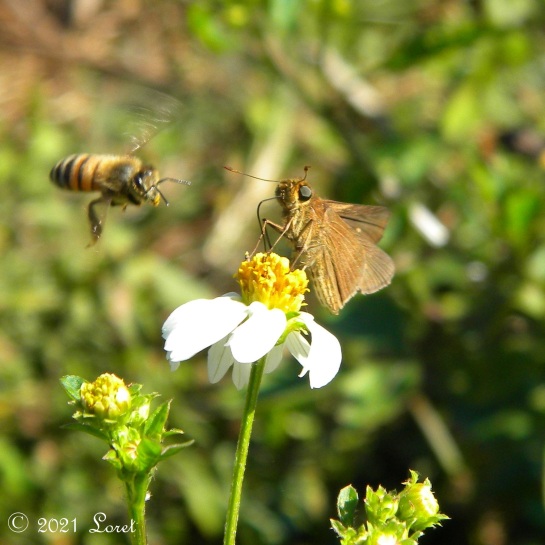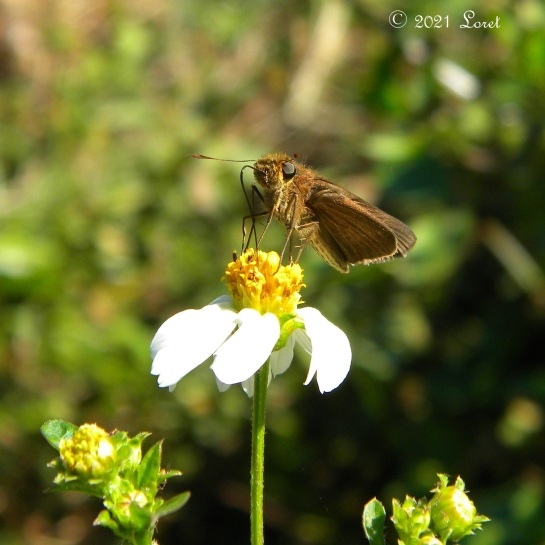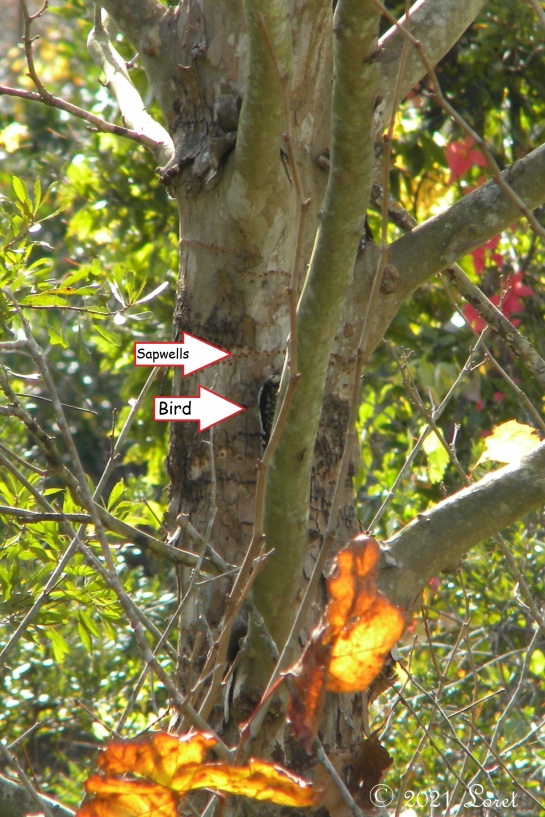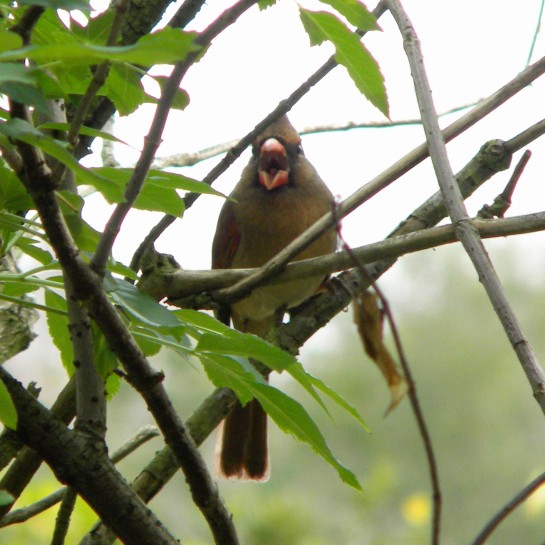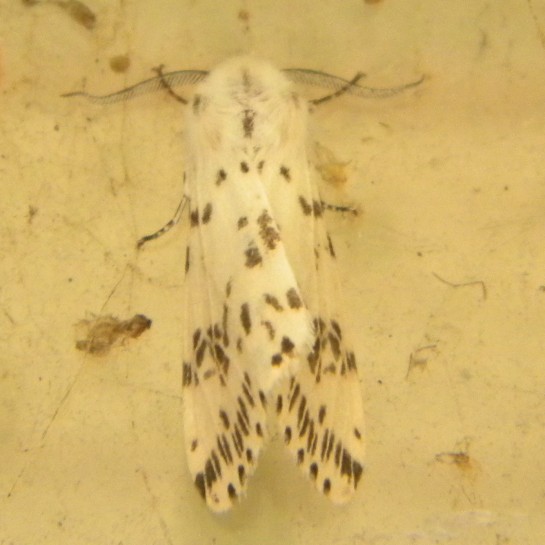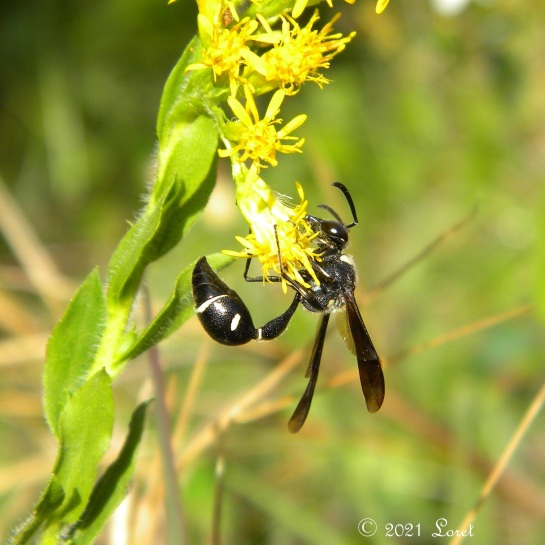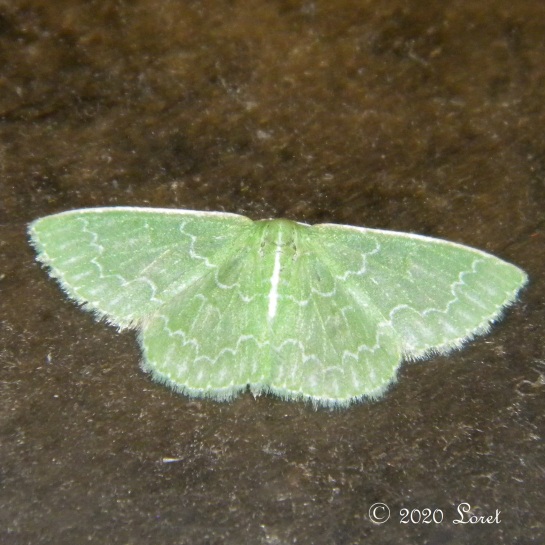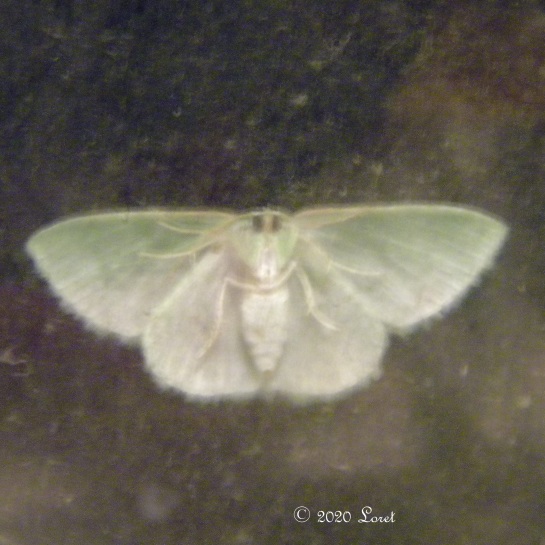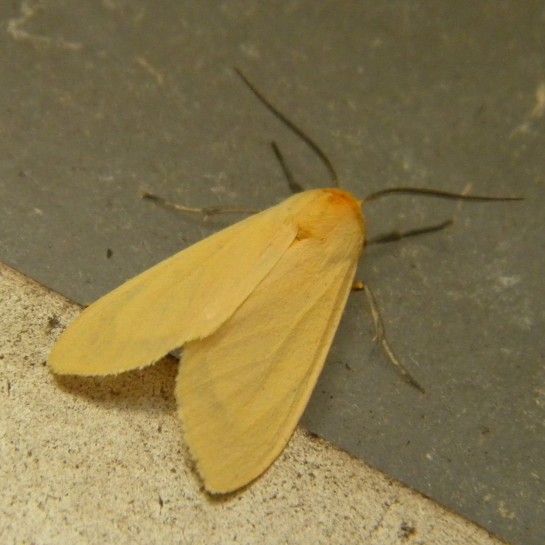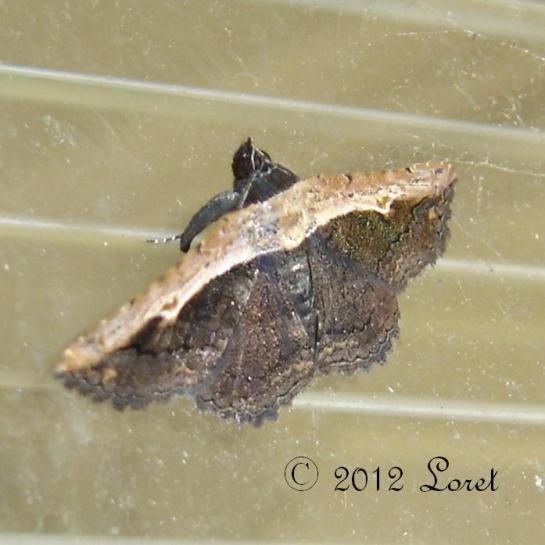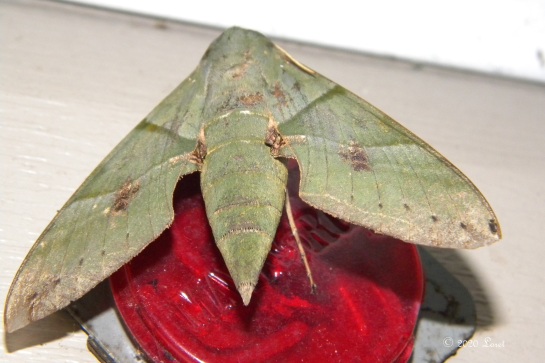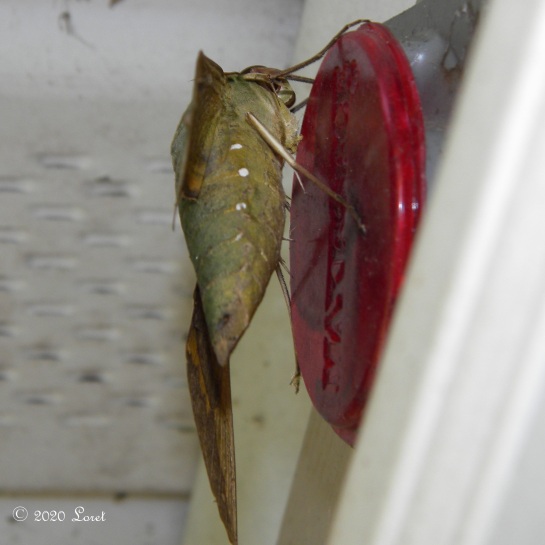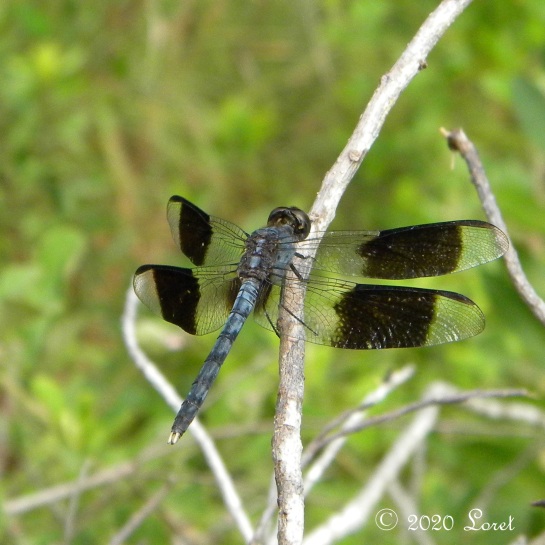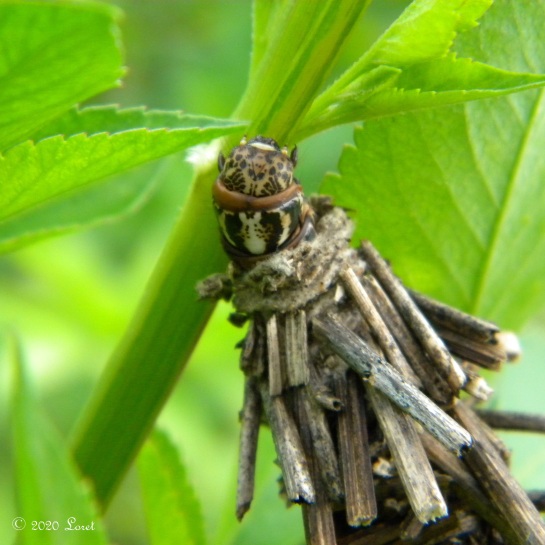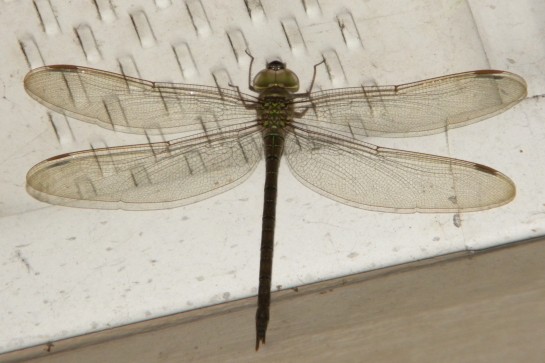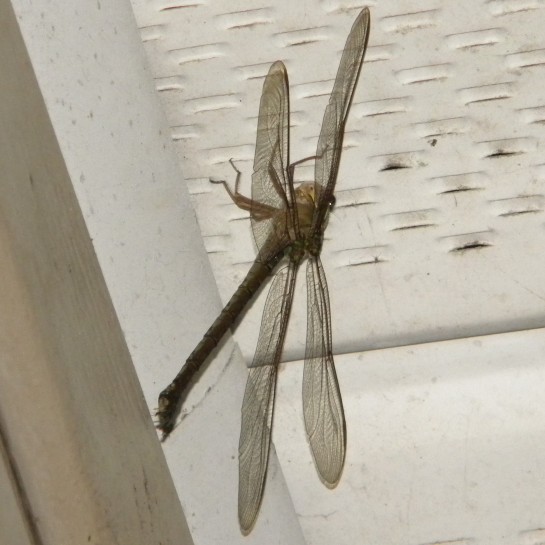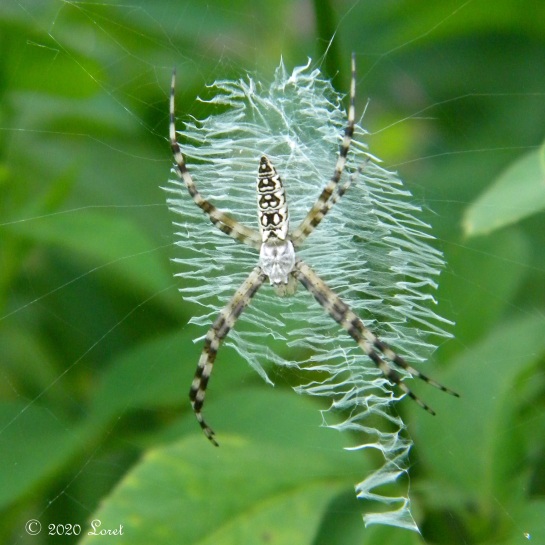CENTRAL FLORIDA CRITTER OF THE DAY: Southern Red-legged Grasshopper (Melanoplus sp. likely propinquus)

Taxonomic status is listed as “valid” at ITIS. https://www.itis.gov/servlet/SingleRpt/SingleRpt?search_topic=TSN&search_value=658486#null
Bugguide treats this as a synonym of Red-legged Grasshopper (M. femurrubrum) https://bugguide.net/node/view/151116
Order Orthoptera (Grasshoppers, Crickets, Katydids)
Suborder Caelifera (Grasshoppers)
Family Acrididae (Short-horned Grasshoppers)
Subfamily Melanoplinae (Spur-throated Grasshoppers)
Tribe Melanoplini
DONT THINK PEST, THINK BIRD FOOD! Nymphs of grasshoppers are an important food source for birds especially fledglings who cannot eat seed.
If you maintain a balanced garden and don’t use pesticides which can kill the beneficial insects, damage should be minimal to ornamentals.
Tachinid flies (Tachinidae family) are parasites of grasshoppers
Predators: Birds, lizards,mantids, spiders, and rodents eat grasshoppers. (source: http://web.archive.org/web/20150920015140/http://insected.arizona.edu:80/ghopperinfo.htm)
Positive Impact on the Ecosystem:
As herbivores, grasshoppers link plants to the rest of the ecosystem. Frass (droppings) contribute to nutrient turnover by returning nutrients as fertilizer for the plants. They provide food for birds and other arthropods. (ibid.)
Learn more about grasshoppers in Florida: https://ufdc.ufl.edu/UF00066916/00001
Shown on Florida Native Plant: Bidens alba
My take nature’s control of grasshoppers via fungus: https://floridawildlifegardentails.wordpress.com/2018/12/07/night-of-the-living-dead/
###
